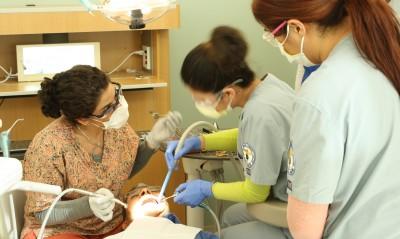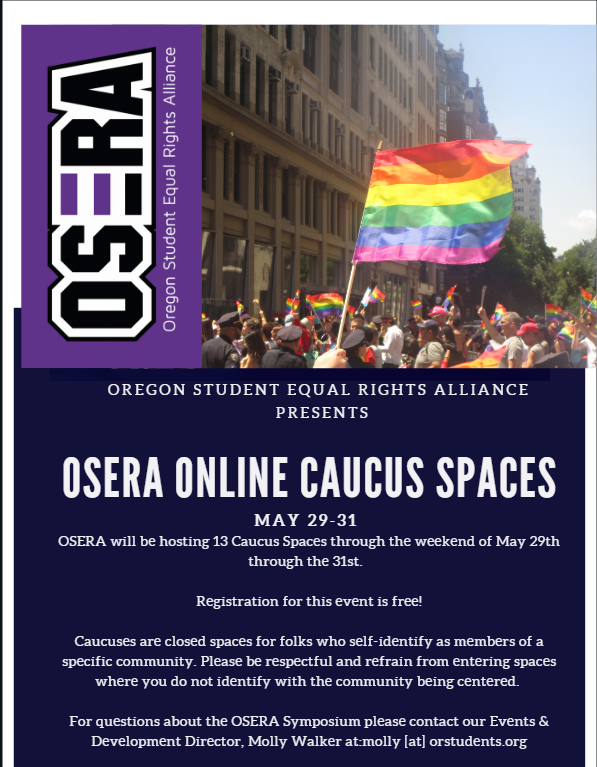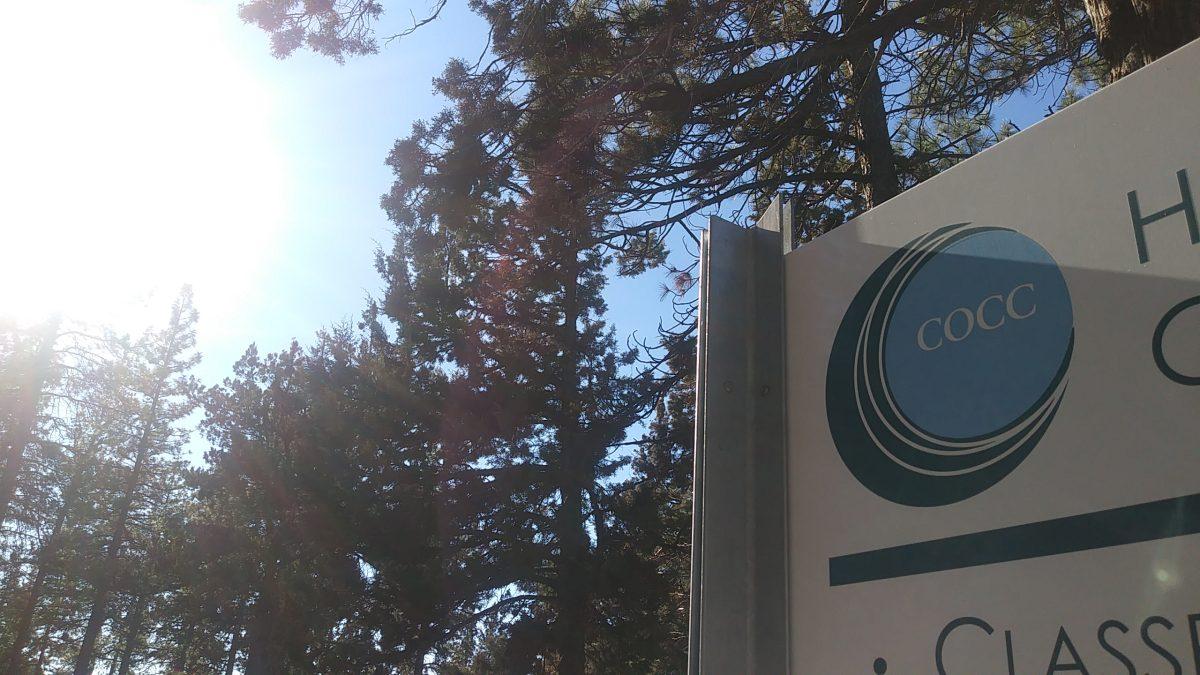Dental care is one of the largest unmet needs for low-income adults, according to Kat Mastrangelo.

“Dental hygiene and dental care is one of the most important aspects of health and also the biggest unmet need,” said Mastrangelo, volunteer coordinator at Volunteers In Medicine.
Fortunately, through a partnership with Central Oregon Community College, that need is beginning to be met in Central Oregon. For the past ten years, the COCC dental assisting program has partnered with VIM to provide services for the community, according to Lynn Murray, dental assisting program coordinator at COCC.
“The Dental Clinic is a cooperative endeavor between [COCC] and [VIM] to provide the working poor with uninsured dental services, and to provide COCC dental assisting students important clinical experiences,” Murray said.
This partnership has proved to be positive for the community. An American Dental Association study revealed that of the low-income adults who sought relief from dental pain in hospital emergency rooms, 94 percent left the ER without solving the dental issue, according to Murray.
“For many of these patients, their oral-facial pain affects their ability to work or to keep a job,” Murray said. “These community members can ill afford to miss working hours. For others, the look of their teeth precludes them from obtaining the position they seek.”
Students get training, give care
As well as providing much needed care to low-income individuals, the dental clinic greatly benefits dental assisting students, according to Murray. Students are able to sit chairside with local dentists who volunteer their time to help the COCC dental assisting program and VIM patients.
“Students are able to experience first-hand how an assistant interacts with a dentist and with patients,” Murray said.
This partnership allows dental assisting students to practice their skills in a variety of ways, according to Murray.
“In addition to providing patient care, students are able to put into practice other skills they have learned, including preventing cross contamination by using aseptic techniques in disinfecting operatories, and processing and sterilizing instruments,” Murray said.
The dental clinic in the Health Careers Building has helped to accommodate and continue to make this program a success, according to Murray.
“This space is perfect for students and patient care,” Murray said. “All operatories are set up and furnished with state-of-the-art equipment. This enables a smooth transition for students to their practicum offices, as well as providing volunteer dentists and patients with a professional and up-to-date dental environment.”
The dental assisting program is only one of many educational programs that VIM partners with, according to Mastrangelo. VIM helps students gain clinical hours from the masters in counseling degree at Oregon State University-Cascades, the social work degree from Portland State University, and third year medical students from Oregon Health Science University.
“Each of these programs are different,” Mastrangelo said. “Students are evaluated based on their program requirements.”
How insurance changes will impact VIM services
Currently a large portion of the population do not yet qualify for the Oregon Health Plan, yet still do not earn enough to purchase oral health care.
“Volunteers In Medicine is currently revising its eligibility requirements for dental services,” Mastrangelo said. “They are looking into providing services for low income individuals and those on a fixed income.”
As healthcare becomes nationally mandated, VIM will be able to expand the population they currently reach, according to Mastrangelo. This would expand coverage for students on financial aid without dental coverage or OHP, veterans whose dental needs are not met through provided services, Medicare recipients, people currently in the Green Card process, and those who have income but no permanent address.
Molly Svendsen
The Broadside
[email protected]







